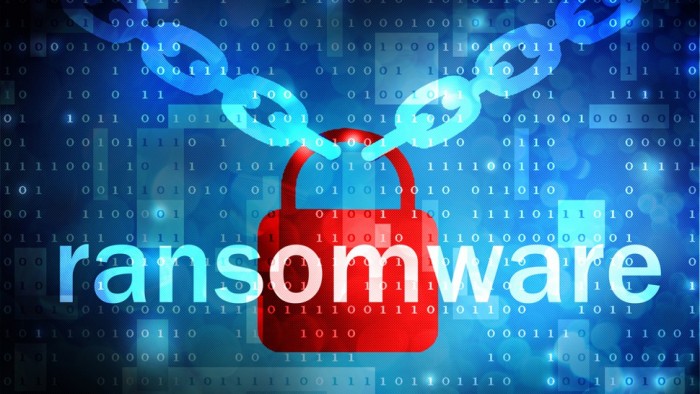A new ransomware has been discovered and what sets apart this variant from the rest is its implementation of a chat interface embedded into the product.

That link for “Live Chat” will prompt the window for live support. The window should look like this and will allow you to talk directly with the cyber criminal.

Currently the Command and Control servers are down so currently there is no encryption being performed and we were unable to chat with any “developer” to see what they would say. However, we presume it’s just to aid in the process of getting a bitcoin wallet address, filling it with coins, and sending the payment securely. This task can be complicated to unsavvy users so we suspect this feature was created to add a more human element to the aid of receiving the ransom.

These are the standard instructions that also are available if you click “decrypt help” and can be a daunting task for those not familiar with the process. This is why we suspect the chat feature was added. Also, for the first time that we’ve seen on any ransomware sample – it comes with a uninstaller. Located in %AppData%\PadCrypt\unistl.exe it will remove all files and registry entries associated with the infection. However, it will still leave all your files encrypted.
The rest of the drill with this ransomware is pretty standard – “.pdf.scr” extension on the encrypted files, Volume Shadow service is deleted, decryptor tool is provided to decrypt your files after paying ransom.
PadCrypt infection samples: From ZeroBin
MD5 8616f6c19a3cbf4059719c993f08b526 (C2: cloudnet.online)
MD5 aface93f4d6a193c612ea747eaa61eaa (C2: annaflowersweb.com)
Dropped files:
17822a81505e56b8b695b537a42a7583 (package.pdcr)
7d2822aedddd634900a4c009ef0791a9 (unistl.pdcr)
Webroot will catch this specific variant in real time before any encryption takes place. We’re always on the lookout for more, but just in case of new zero day variants, remember that with encrypting ransomware the best protection is going to be a good backup solution. This can be either through the cloud or offline external storage. Keeping it up to date is key so as not to lose productivity. Webroot has backup features built into our consumer product that allow you to have directories constantly synced to the cloud. If you were to get infected by a zero-day variant of encrypting ransomware you can just restore your files back as we save a snapshot history for each of your files up to ten previous copies. Please see our community post on best practices for securing your environment against encrypting ransomware.






